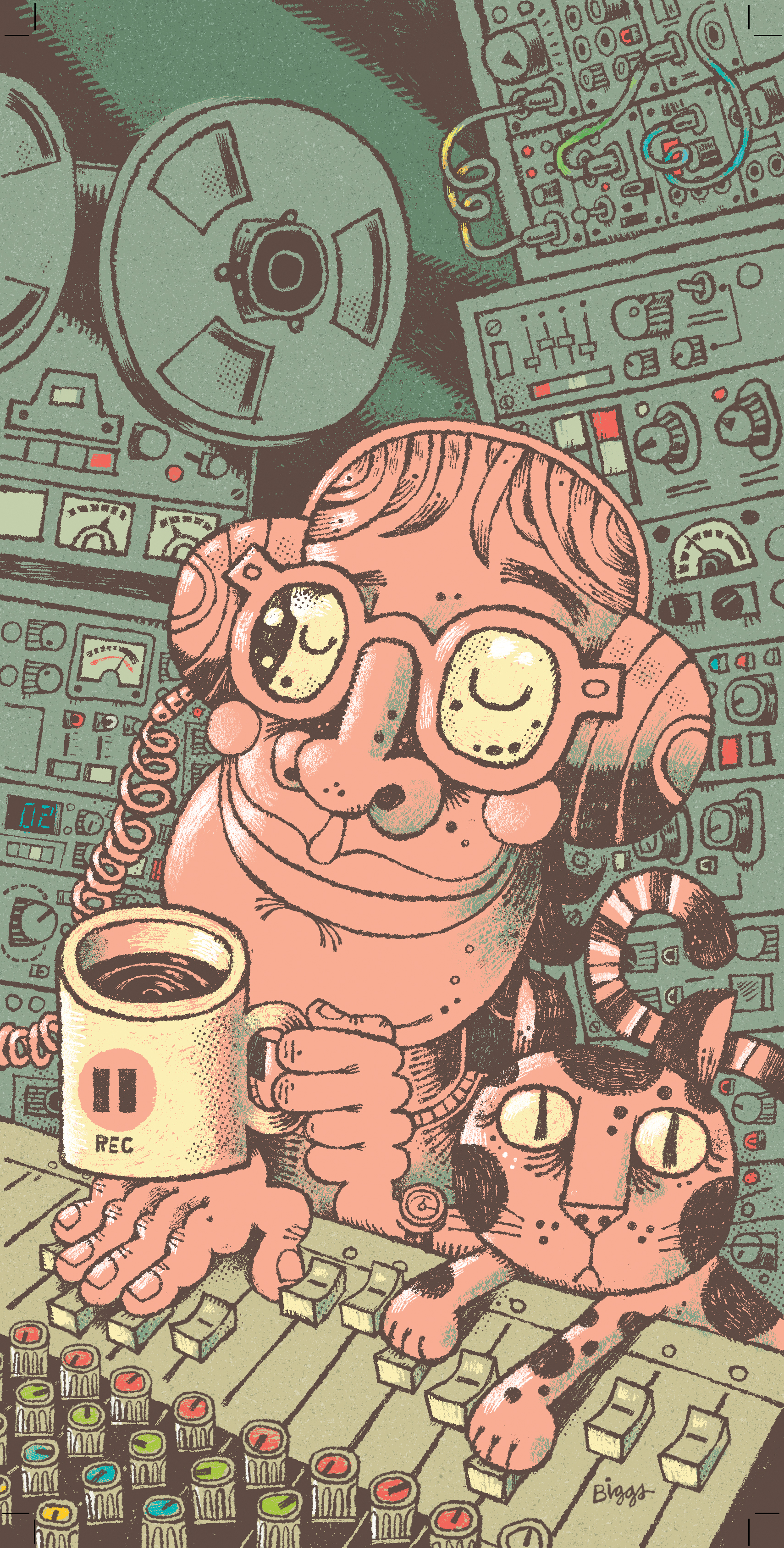I’m a songwriter and musician who composes and records at home. Once in a while, I may bring in another musician buddy with a special skill on a particular instrument, but when it comes to recording I work solo 90% of the time. I also tend to use the least amount of gear possible; mainly due to the fact that I’m on a tight budget and I quickly lose patience with hooking up, fiddling with, and learning the fine points of new technologies and tools. After over 25 years of recording, I’m pretty much confined to my DAW software, a 2X2 audio interface, two microphones, and an ancient JoeMeek opto-compressor/mic pre/3-band EQ VC3Q channel strip to handle the front end. But my old JoeMeek unit is dying on me, and I’ve been dreading having to consider other options; mostly due to two considerations: cost and complexity. Like many low-budget home recordists, I don’t want to have to buy a whole rack’s worth of gear in order to get a reasonably decent front-end for my signal path. The conventional wisdom is that all-in-one units – with a good mic preamp, compressor, and reasonably flexible EQ section – are studies in draconian compromise in order to meet a very exacting price/features/performance objective. I’ve resigned myself to a pro audio marketplace where I would be unable to achieve my modest goals without shelling out around $2,000.
The ART ProChannel III arrived just as the internal noise level of my JoeMeek unit had become insurmountable. The ProChannel III is a single channel, 2U rack height piece with everything I need: Class A FET mic pre with 60 dB of gain, compressor with switchable tube/opto and FET modes, four-band EQ section, and front panel instrument and rear panel XLR mic inputs. The output is balanced XLR or 1/4-inch with -10 dBv switch, and an unbalanced send and return Loop (post preamp/pre compressor) on the back panel.
I used the ProChannel extensively while recording a new song featuring acoustic guitar, electric bass, vocals, and electric guitar – I couldn’t be happier with the results. The layout and design are intuitive, even for low tech, short attention span users like me, and the build quality is solid. All the potentiometers are detent type, and there are switchable features that provide options that are much appreciated, such as variable Low Cut (10 to 250 Hz) at the input stage to keep extraneous rumble out of the signal path. The mic pre is marvelously clean, even when pushed near to its limits. The compressor section is hard to beat, and since it’s the same topology as the ART Solo VLA Multivoice [Tape Op #163], I won’t go on at length about its virtues. Let it suffice to say that it succeeds at taming and massaging any type of musical material with minimal fuss and fiddling about. The EQ has a fixed bottom and top band, while the two mid bands are sweepable and cover 20 Hz to 20 kHz. Another nice feature for me was the ability to switch the EQ to either pre or post compressor; something I’d wished I’d had earlier as it can really help in sculpting the sound of my electric bass to where it needed to be.
Now comes the crowning achievement for me: This all-in-one wonder retails for under $400. I’m sold, and if you’re a similarly situated solo artist who values simplicity while still trying to reach a higher bar in performance, you will definitely want to give this a close look.




_disp_horizontal_bw.jpg)